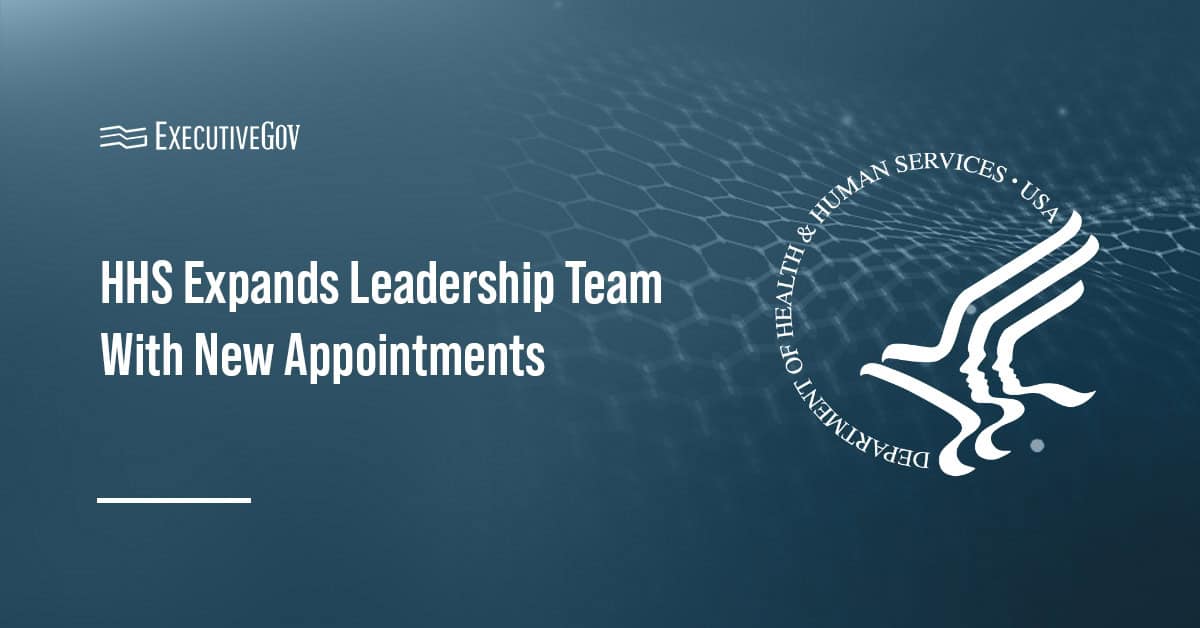
Catherine Marsh, who served as deputy director of the Intelligence Advanced Research Projects Activity from 2013 to 2015, has returned to IARPA as director.
She succeeds Stacey Dixon, who led the agency from September 2018 to June 2019, and will oversee IARPA’s multidisciplinary research programs focused on developing technologies with potential applications in national intelligence missions, the Office of the Director of National Intelligence said Friday.
In her previous capacity at IARPA, Marsh led agency investments in high-risk or payoff research projects aimed at sustaining the country’s edge in the intelligence domain.
She also held science-related positions at the CIA’s science and technology directorate and led lithium-ion battery R&D efforts at Yardney Technical Products.





